- News
- Reviews
- Bikes
- Components
- Bar tape & grips
- Bottom brackets
- Brake & gear cables
- Brake & STI levers
- Brake pads & spares
- Brakes
- Cassettes & freewheels
- Chains
- Chainsets & chainrings
- Derailleurs - front
- Derailleurs - rear
- Forks
- Gear levers & shifters
- Groupsets
- Handlebars & extensions
- Headsets
- Hubs
- Inner tubes
- Pedals
- Quick releases & skewers
- Saddles
- Seatposts
- Stems
- Wheels
- Tyres
- Tubeless valves
- Accessories
- Accessories - misc
- Computer mounts
- Bags
- Bar ends
- Bike bags & cases
- Bottle cages
- Bottles
- Cameras
- Car racks
- Child seats
- Computers
- Glasses
- GPS units
- Helmets
- Lights - front
- Lights - rear
- Lights - sets
- Locks
- Mirrors
- Mudguards
- Racks
- Pumps & CO2 inflators
- Puncture kits
- Reflectives
- Smart watches
- Stands and racks
- Trailers
- Clothing
- Health, fitness and nutrition
- Tools and workshop
- Miscellaneous
- Buyers Guides
- Features
- Forum
- Recommends
- Podcast
TECH NEWS
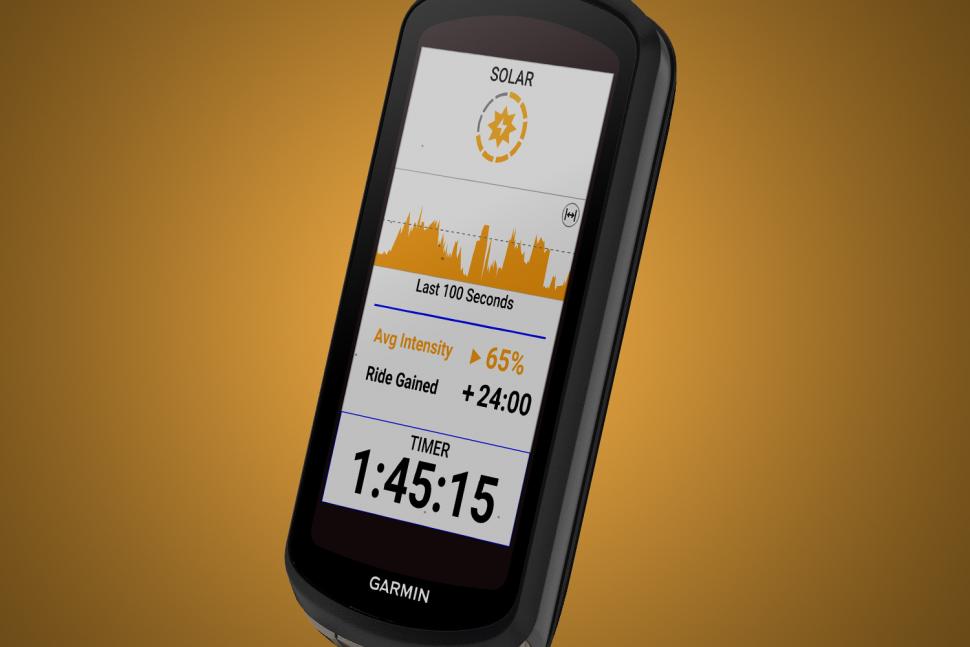 Garmin edge 1040
Garmin edge 1040Garmin’s new flagship Edge 1040 brings solar power to bike computers, promises greater accuracy and new training metrics
Garmin has launched two new flagship cycle computers, the Edge 1040 and the Edge 1040 Solar. Both look similar in appearance to the outgoing Edge 1030 Plus, thanks to the rather massive 3.5-inch colour touchscreen, but promise new features such as multi-band Global Navigation Satellite Systems (GNSS) technology for more accurate positioning. There are new training metrics such as real-time stamina insights and recommended power targets, as well as huge battery life claims especially on the solar version.
Price
Available now, the Edge 1040 Solar (Pictured above) has a suggested retail price of £629.99 whilst the non-solar charging version, the Edge 1040 (pictured below), has a suggested retail price of £519.99. For the non-solar version at least, that makes it the same price as the Edge 1030 Plus that it replaces.
>Review: Garmin Edge 1030 Plus
Charging
The headline feature is of course the solar charging, which aims to extend riding time in between charges. This isn’t the first time we’ve seen this sort of tech; Garmin has been using solar power on its smartwatches for a little while now, but this is the first time that we’ve seen it incorporated into a cycle computer.
The stats suggest that the Edge 1040 would be ideal for bikepacking or day-on-day riding, with up to seven days of use (based on eight hours a day of usage) thanks to the Power Glass solar charging lens which is built into the screen.
Garmin also states that the solar version is capable of up to 100 hours of use in battery save mode, with the solar charging contributing an extra 42 minutes per hour of riding. The small print does indicate that this requires a continuous 75,000 lux of light, so these claims should be taken with a pinch of salt; for example, I just went outside on a typically overcast UK day and was only getting 10,000 lux.
As for charging the device in the 'traditional' way, Garmin has finally binned off micro-USB for the soon-to-be-ubiquitous USB-C standard.
>Garmin launches solar-powered smartwatches
Training Features
Garmin is keen to point out that its new device isn’t just for leisure cyclists, with new training metrics also making their debut.
Just like on previous Garmin devices, the Edge 1040 can help you plan and prepare for your next race or sportive with current performance stats such as VO2 Max and FTP; however, Garmin now says that the computer can use this to help you perform on the day of the event too with its new “Power Guide”. With the pairing of a power meter, the Edge 1040 can give recommended power targets to help riders manage their efforts throughout a course.
We’re keen to test this out, but would imagine that it works best when riding solo such as during time trials, in a similar way to something like the Best Bike Split software.
There’s also the introduction of real-time stamina insights which we saw released alongside the Fenix 7 smartwatch earlier this year. The idea is that the computer learns your capabilities and can then give a live estimate of how you’re exerting energy during a ride.
Garmin explains that this will allow you to “push harder knowing you’ll cross the finish line with nothing left in the tank”. I can’t remember the last time I crossed any finish line wishing I was in more pain, but if accurate then this should help riders keep track of how many matches they’re burning.
>Garmin brings out Fenix 7 and Epix smartwatches
Also on the list of new features is a “cycling ability and course demands” feature. Garmin describes this as being able to classify the strengths and weaknesses of a cyclist and then focus on improvement in certain areas to better prepare for the demands of a specific course.
This has the potential to be really useful, studying a rider’s power curve to see which durations need work for a specific course or race, but it could just as easily be a marketing gimmick that has limited use in the real world. I’m afraid we’re just going to have to wait and see before passing judgement.
Since Garmin’s acquisition of Firstbeat Analytics in 2020 we’ve also seen the Edge devices give insights into VO2 max, recovery time, training load, training focus and more, to monitor how the body is responding to training efforts.
As Garmin's flagship device the Edge 1040 gets all of the latest features, including daily workout suggestions based on current training load and VO2 max. On top of this, you still get the heat and altitude acclimation and in-ride notifications when it’s time to refuel or rehydrate.
ClimbPro once again makes an appearance, enabling riders to see the remaining ascent and grade for climbs on their course, and the sizeable screen should come in handy for reviewing performances post-ride right from the device rather than having to rely on Garmin Connect.
Meanwhile, mountain bikers are catered for with jump count, jump distance, hang time, grit and flow track metrics, but there doesn’t appear to be anything that we haven’t seen already.
>Garmin vs Hammerhead vs Bryton climbing features
Navigation
The Edge 1040 also receives the latest navigation features that we’ve seen added to the Edge 1030 Plus over recent months. These include ride-type-specific maps using Garmin’s Trendline popularity routing, turn-by-turn navigation, and alerts to notify riders of sharp curves ahead. You also get the ability to pause route guidance, and off-course notifications so you can explore beyond the beaten path without getting continuously beeped at.
There’s also the capability to download the recommended Trailforks app to view routes, trails and forks in the route in more than 80 countries. Garmin says that if you do venture off course then the Edge 1040 is capable of fast route calculations. We assume this means more processing power and that the addition of multi-band GNSS (Global Navigation Satellite System) technology gives better positional accuracy and coverage, even in the most challenging conditions.
Garmin goes on to specifically mention dense urban environments, remote areas and under tree cover. I can’t say I’ve had many issues myself with the latest GPS computers dropping out in these environments, but I guess additional accuracy and reliability is never a bad thing.
Setup and Data screens
If the idea of having to set up all your screens and user profiles is putting you off purchasing a new bike computer, then you’ll be glad to hear that Garmin has been focussing on making it a lot simpler.
After powering on the Edge 1040 for the first time, cyclists can ride in 'moments' thanks to pre-populated ride profiles based on their previous Edge settings. There are also a choice of popular setups for new users, which will take into account the sensors paired and type of riding that you do. Edge users can also finally define all activity profile settings through the Garmin Connect app and then sync them to the device... my word has this been a long time coming.
We’re also looking forwards to testing out the “completely refreshed, modernised user experience”, which claims to not only give easier access to key information but also the ability to customise the home page and an improved ride summary view.
Safety
There are plenty of safety features too, with all the usual bits and bobs such as incident detection, assistance, and LiveTrack. Some of us did expect the Edge 1040 to incorporate a sim card or E-sim as we’ve seen on the Hammerhead Karoo devices, but Garmin has stuck to requiring the device to be paired to a compatible smartphone, or one of its inReach devices to broadcast its location.
inReach is Garmin’s satellite communication network and allows users to call, view and reply to messages, share trip data and trigger interactive SOS alerts; however, this is a subscription service and will likely only really appeal to those riding in very isolated locations.
For added confidence while riding, the Edge 1040 is also compatible with the Varia line of cycling awareness devices, including the new Varia RCT715 rear-view radar with camera and taillight that we recently covered. This allows riders to see, be seen and continuously capture video footage during their ride, according to Garmin.
>Garmin Varia RCT715 adds camera bike radar system
We’ve seen plenty of big-screen cycle computers released over the last few years such as the 3.4-inch screen Bryton Ryder S800 (£339.99), 3.2-inch Hammerhead Karoo 2 (£359), and 2.7-inch Wahoo Elemnt Roam (£299.99). The Edge 1040 is both bigger and more expensive than any of them, with a 3.5-inch colour touchscreen and £519.99 price tag, with the Edge 1040 Solar coming in at £629.99.
Does the Garmin Edge 1040 deliver all you need for exploring and training purposes, or will you be save some money and go for one of the cheaper alternatives? We have one on the way and will be letting you know our thoughts on it soon.
Jamie has been riding bikes since a tender age but really caught the bug for racing and reviewing whilst studying towards a master's in Mechanical engineering at Swansea University. Having graduated, he decided he really quite liked working with bikes and is now a full-time addition to the road.cc team. When not writing about tech news or working on the Youtube channel, you can still find him racing local crits trying to cling on to his cat 2 licence...and missing every break going...
Latest Comments
- aramaerospace 2 hours 32 min ago
Plastics are a world of their own - some are even more durable than many metals. We work with abrasion-resistant specialty plastics that offer...
- Geoff H 4 hours 12 min ago
I was really enjoying the article until I came to the price!
- OldRidgeback 5 hours 5 min ago
I have a very old MTB (guess what make) that I'll happily leave locked at the train station or shops or whatever. The fairly new Trek MTB or...
- TheBillder 6 hours 39 min ago
Dualling that stretch of the A7 will allow hard-pressed motorists to travel very slightly faster between the rock that is the Sherriffhall...
- BikingBud 6 hours 47 min ago
I refer to being an engineer only to emphasise my consideration of the logical approach that should be applied in the justice system, rather than...
- David9694 8 hours 17 min ago
Parking fail as car left teetering on top of stone wall Oh dear https://www.devonlive.com/news/local-news/parking-fail-car-left-teeterin...
- jaymack 9 hours 36 min ago
We must be related!
- The_Ewan 11 hours 6 min ago
But why worry if a few people do? It's just not a big deal....
- Tom_77 12 hours 10 min ago
Tempted to get him a sweary birthday cake like in The Thick Of It....
- Bigtwin 12 hours 38 min ago
Didn't happen did it? They came into my shop a couple of years back and said it was "on the way", but never heard anything more.
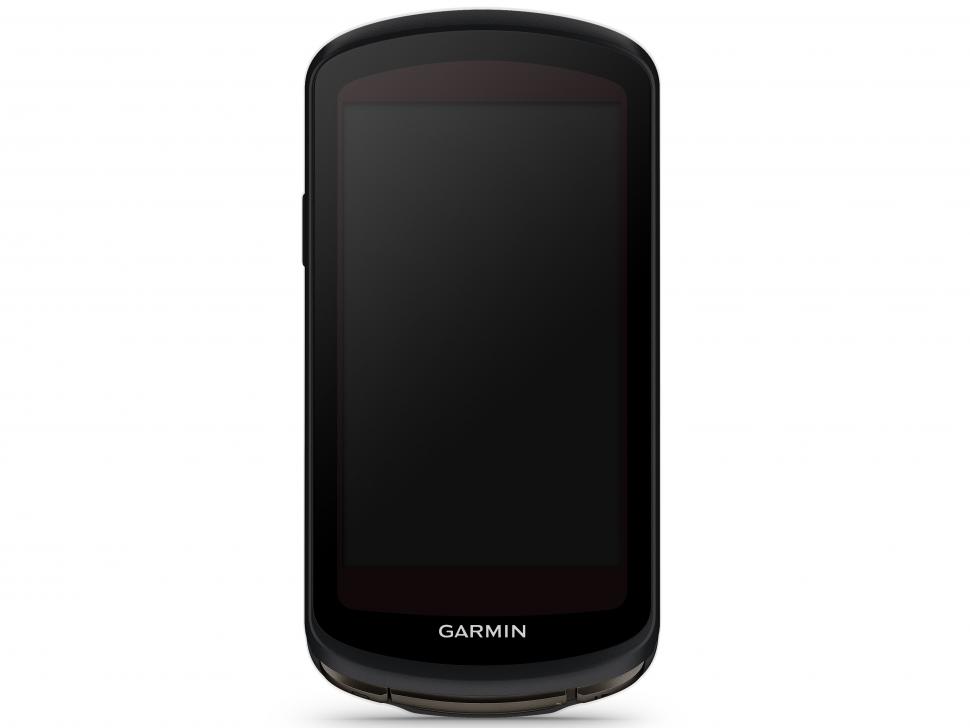
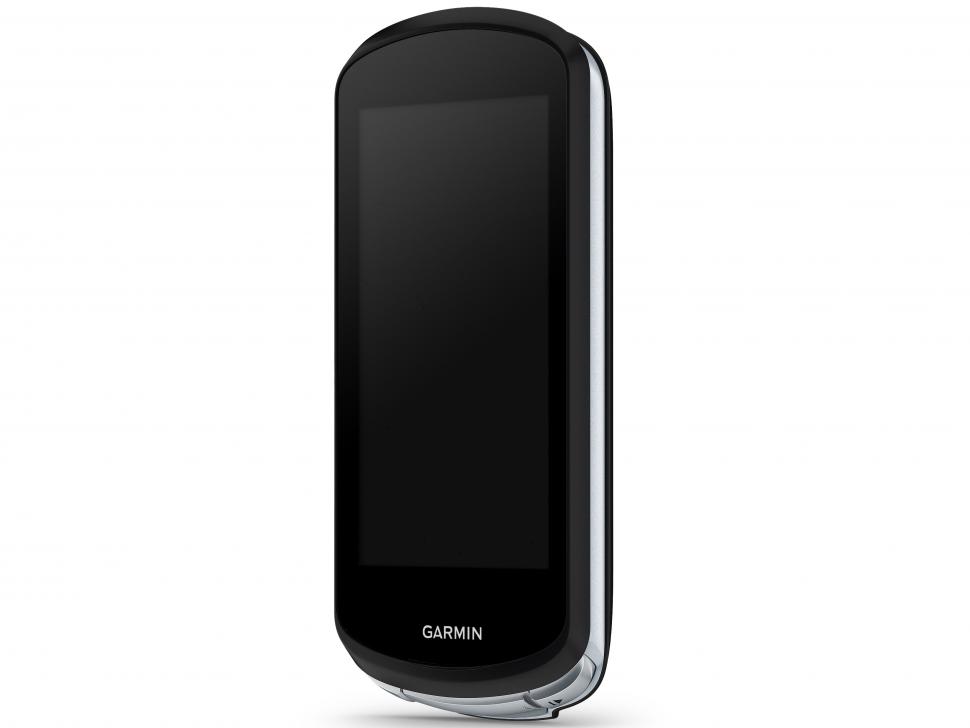
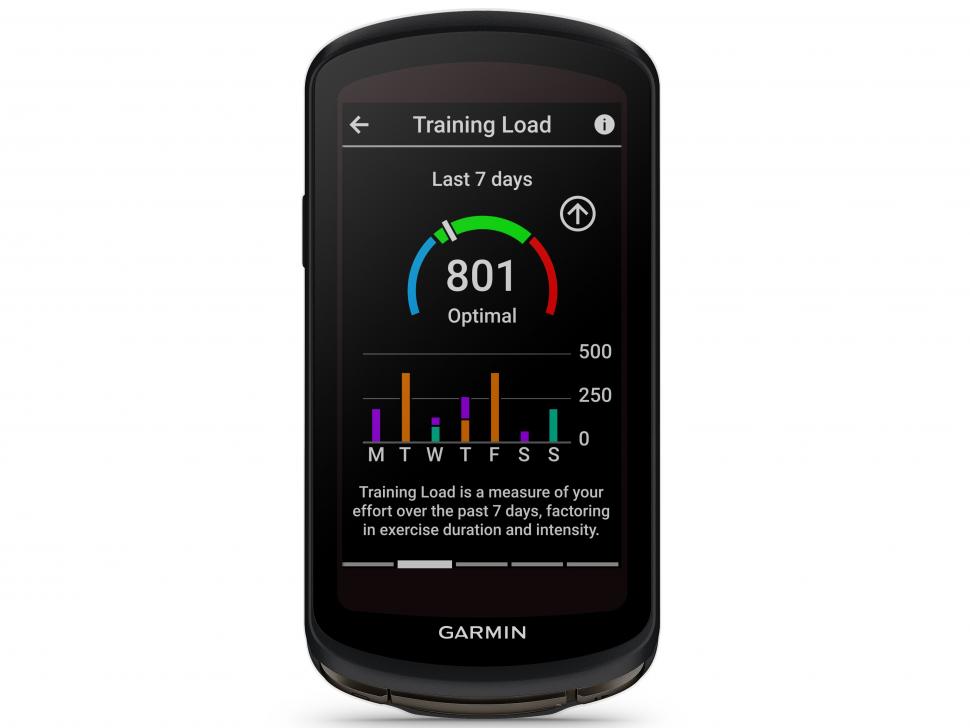

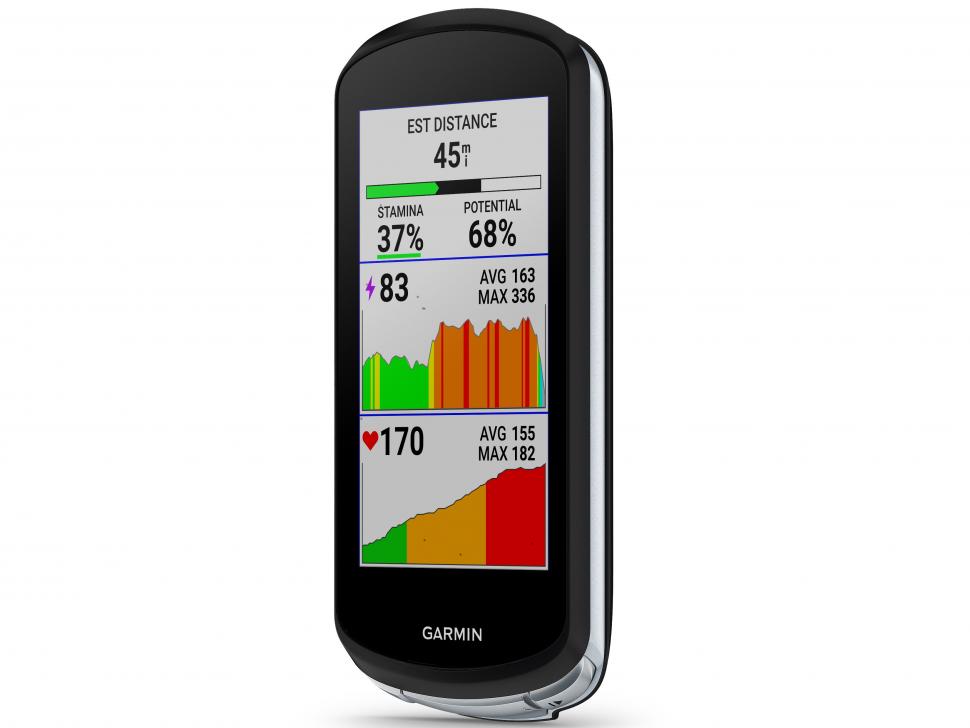
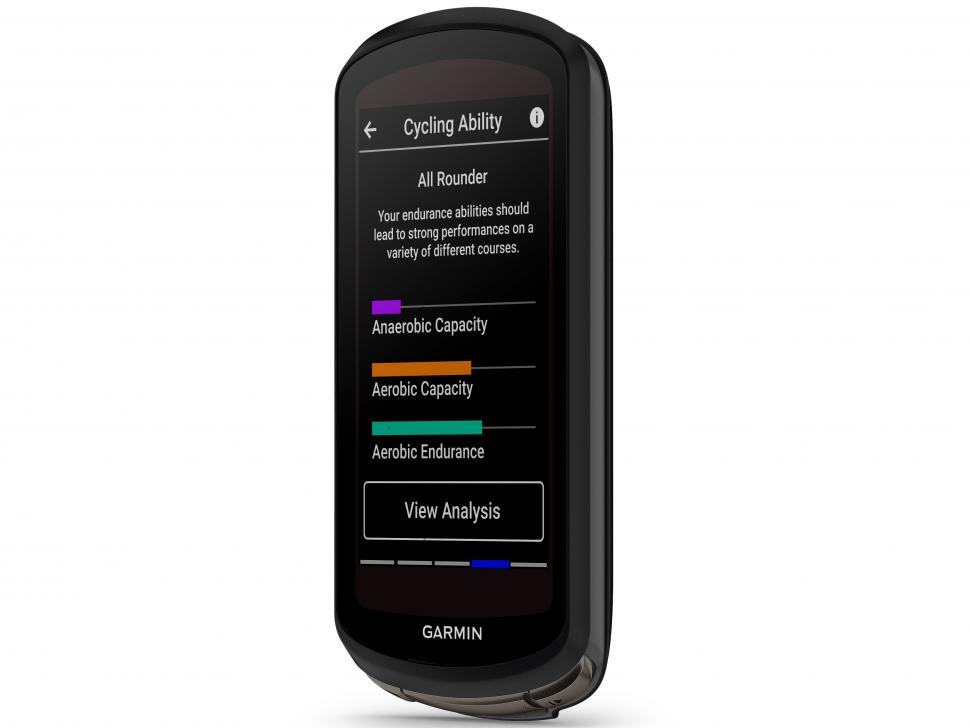
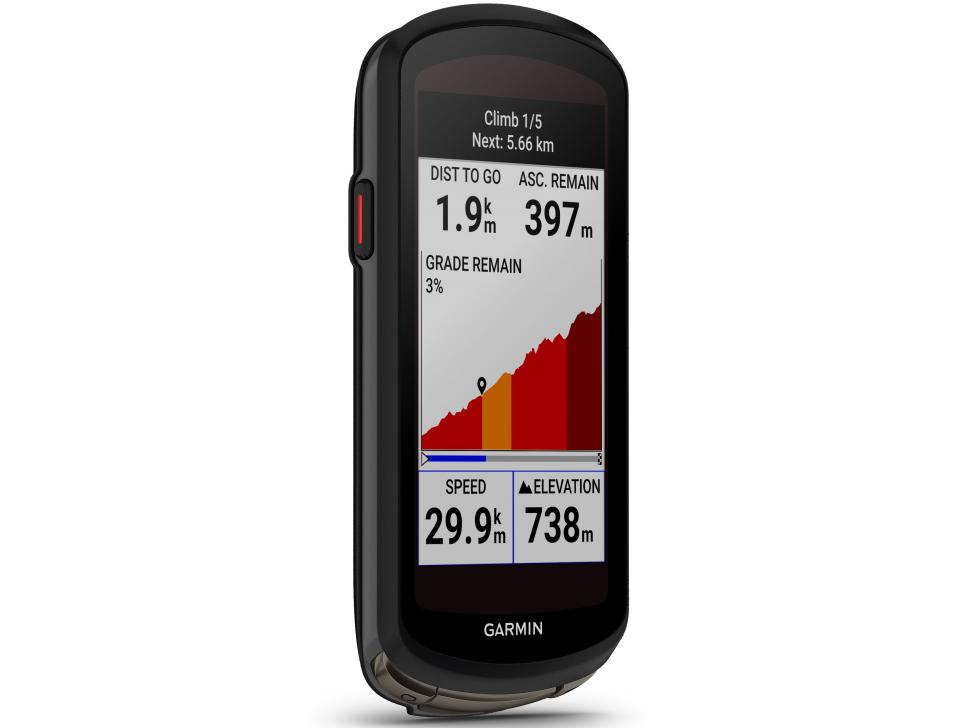
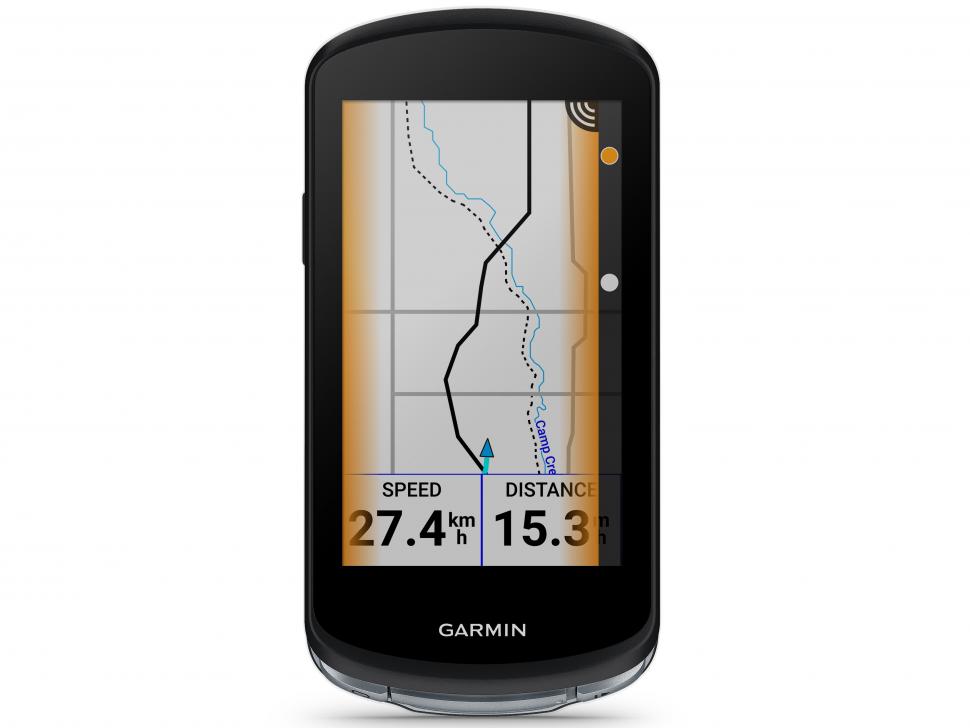
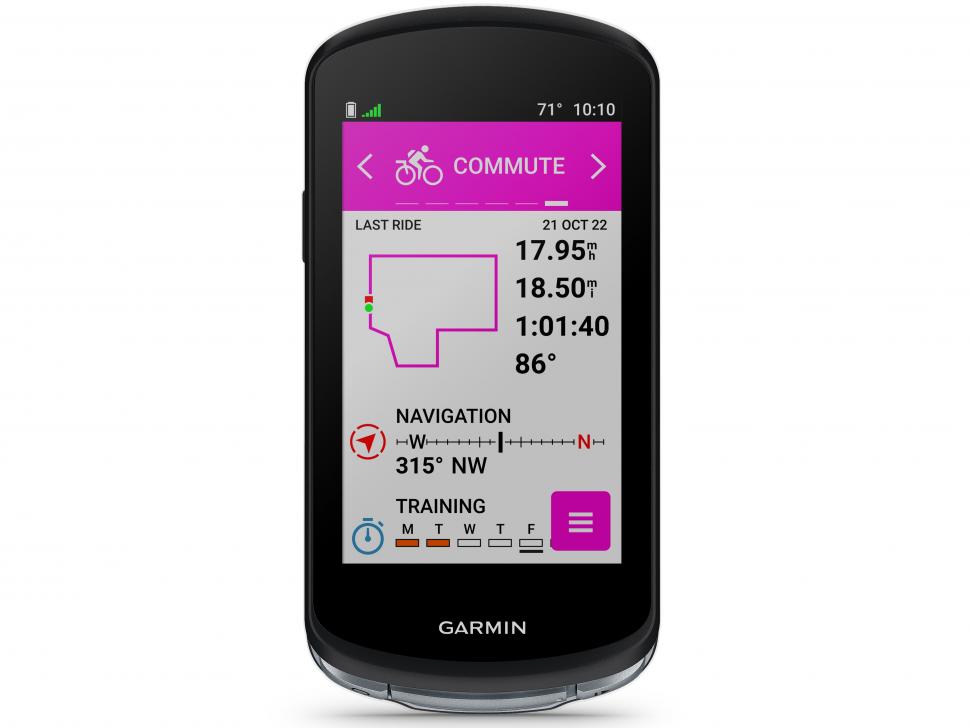
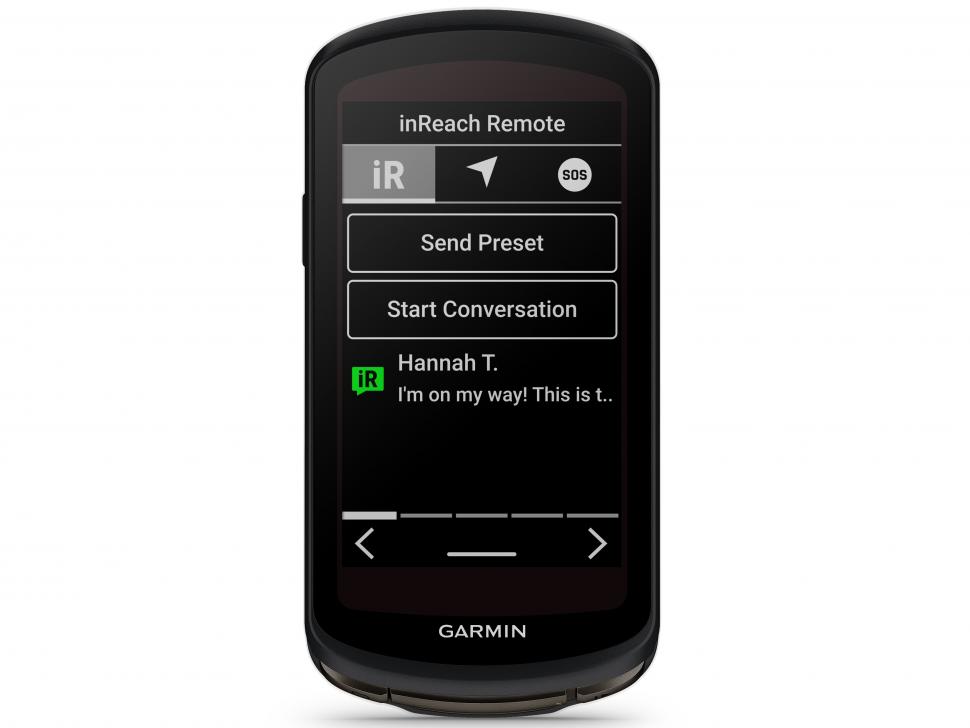
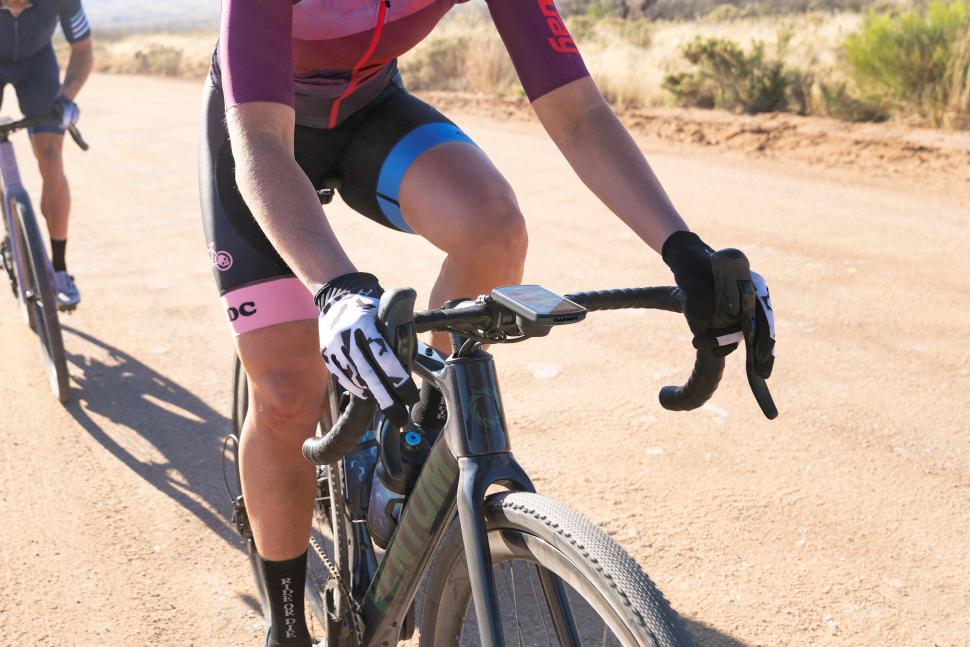
Add new comment
18 comments
Looking at a few of my tracks recently, as I can already tell where we stop for a wee, I'm not sure I need more accuracy.
Will stick to my 830 for now, has all the battery life and features I need and doesn't look like I'm riding with a laptop on my bars.
"Garmin has launched two new flagship cycle computers".
New products from some manufacturers may be buggy initially, both in the software and hardware, so it can be advisable to wait a while before buying the latest and greatest until things have stabilised.
And still 30%-40% of the glass area is back painted with a black "bezel" rather than active pixels. You couldn't make it up! Can you imagine Samsung, Apple, Sony, LG or frankly any tech company worth their salt being happy at so much of the glass area going to waste in 2022. Garmin aren't even trying! Imagine the focus of your innovation being on solar charging that makes next to no difference to most users instead of making the map/data screens more readable/informative. I despair.
Not one computer has edge to edge pixels. The list of new features is longer than an arm. Plus UI is totally new. Sorry roadcc for the competitor screenshot!!
"Not one computer....." that's true if you exclude every single smart phone made in the last decade. Stop being an apologist for Garmin. That's why they get away with this. There has been little in the way of progress since the 1000 came out (8 years ago!!!). Not progress that matters when I'm out riding. I couldn't give a monkey's uncle about the UI . It's a device to give me data when I'm out riding and to help me navigate on new routes. Not a single aspect of this "upgrade" provides a single improvement in that regard. It's all fluff! We deserve way better than this for the asking price. I long for the day that a big player enters this space and gives them the much needed "rocket". Go on Sony - you already make the intelligent GPS chipset bit of it, and you know how to make a high quality phone!
In that case, why do you care how thick the bezel is then?
This is hardly an update over the previous model. The solar element is pretty much useless in the UK...
...but useful if you do the occasional tour abroad where you might not have good access to power during the day.
In which case why dont they invest in better battery tech or make the operating software on the device more battery efficient, this will be like all those solar powered calculators we had at school as kids.
I prefer the UI on the 1030 Plus models, just looks nicer in my opinion. Some bits are really cool on the new devices, but overall it's not worth the upgrade for 1030 Plus users.
Aside from the solar function and USB-C port, everything else just felt a bit bland.
I doubt that usability will be improved if you have to use the Connect app to get it given its baffling implementation.
It would be nice if they had a backup/restore configuration including the ability to transfer to new devices.
Your previous configuration will be copied to a new devices.
But no proper backup/restore at the moment.
£630 quid for the solar version! I've just finished bikepacking San Fracisco to Santa Monica, and although charging devoices was always an issue, I'd have to be somewhere seriously remote to warrant spending that sort of money.
Not quite the same but you can actually buy power banks that have their own solar panel, although ones from reputable brands currently seem non-existent.
To be fair, you're only paying £110 for the solar power feature. Though that's still a lot, of course!
I remember the days when you could buy a solar powered watch for a tenner
I remember the days when you could buy a solar powered watch for a tenner
[/quote]
That'll be a sundial then?